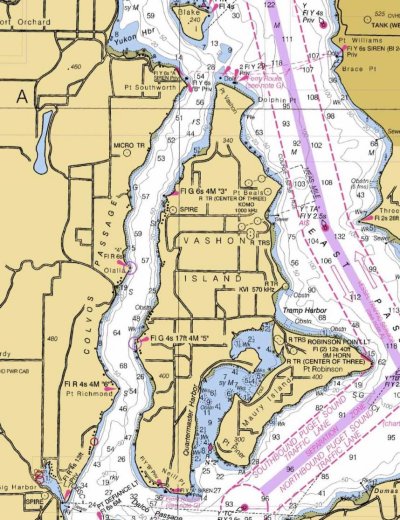psneeld
Guru
For new boaters....if you are going to study the Navrules.....
At some point talk to captains that you trust and get the full operational use of the rules....even then you will get a variety of answers.
No one rule usually applies in every situation and even then there is the intent "to prevent a collision" thus rule 2 which is the catch-all rule that basically say use your brain in addition to the rules.
At some point talk to captains that you trust and get the full operational use of the rules....even then you will get a variety of answers.
No one rule usually applies in every situation and even then there is the intent "to prevent a collision" thus rule 2 which is the catch-all rule that basically say use your brain in addition to the rules.

